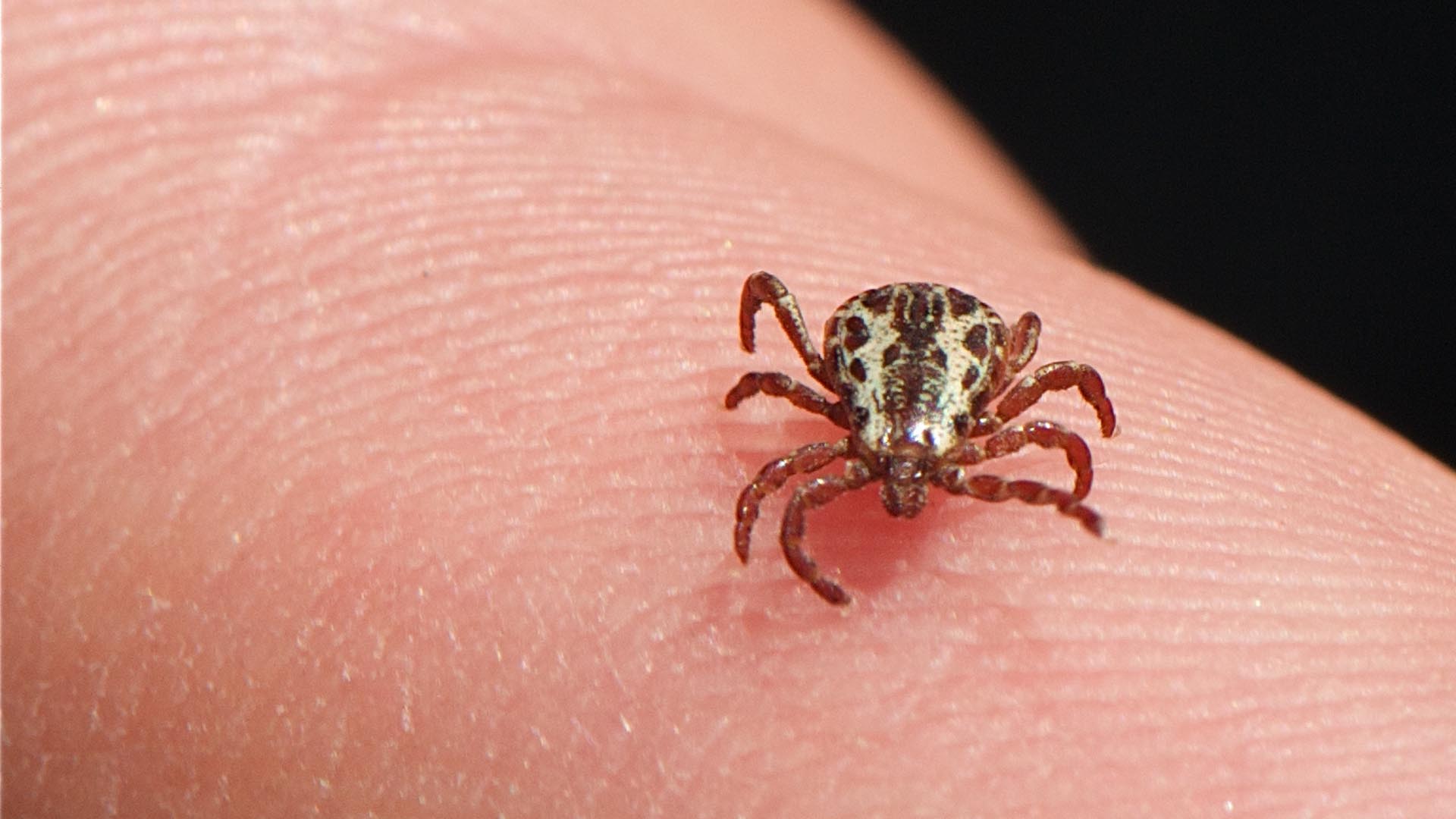
May is Lyme Disease Awareness Month and the Lake County General Health District is encouraging all residents to take action to prevent Lyme disease. Lyme disease is a sickness caused by the bite of a blacklegged or deer tick (Ixodes scapularis) that carries the Borrelia burgdorferi bacterium.
Over the past few years, in the United States, there has been a steady increase in the number of reported cases of Lyme disease. Lyme disease is common in the Northeastern and upper Midwestern United States. Lake County has had five reported cases of Lyme disease so far in 2023. Since 2010, the number of blacklegged ticks in Ohio have increased steadily, particularly in wooded areas. Dogs can also get Lyme disease. Humans cannot get Lyme disease from dogs, but dogs can carry ticks that can bring Lyme disease into the home, which could then bite and infect a human. A Lyme disease vaccine is available for dogs through your veterinarian.
Typical symptoms of Lyme disease include fever, headache, tiredness, and a characteristic called “bull’s-eye” skin rash. If left untreated, infection can spread to your joints, heart, and nervous system, causing long-term medical problems. Your healthcare provider will tell you if you have Lyme disease based on your symptoms and the possibility of exposure to infected ticks. Healthcare providers may also do a blood test. Most cases of Lyme disease can be treated successfully with a few weeks of antibiotics, but there is no vaccine for Lyme disease.
“There are several steps we can take to prevent Lyme disease, as well as other diseases caused by the bites of ticks and mosquitoes,” commented Bert Mechenbier, Environmental Health Supervisor at Lake County General Health District. If you are going to be in a wooded or forested area, Mechenbier suggests taking the following steps:
- White or light color clothing is recommended as it is easier to spot any ticks. Shirts and T-shirts should be tucked into your pants and your socks should be pulled up over the bottom of your pants.
- Use insect repellents registered by the U.S. Environmental Protection Agency (EPA) labeled for use against ticks on exposed skin for protection that lasts several hours. Always follow instructions on the product label.
- Treat clothing and gear, such as boots, pants, socks, and tents with products containing 0.5 percent permethrin. It remains protective through several washings. Always follow instructions on the product label. Pre-treated clothing is available and may provide longer-lasting protection.
- Help younger kids apply repellent and keep it away from their eyes, mouth, and hands.
- Avoid taking short cuts through thick brush and grass.
- Check for ticks at the end of each day before returning to your home. Check your pets as well.
- Take a shower. It will help wash off the ticks you can’t see.
- Remove any attached tick as soon as you notice it by grasping it with tweezers, as close to the skin as possible, and pulling it straight out.
For more information on Lyme disease, visit the following websites:
- https://odh.ohio.gov/know-our-programs/zoonotic-disease-program/diseases/lyme-disease
- https://www.lcghd.org/insects-bed-bugs-ticks/
- https://www.cdc.gov/lyme/index.html.
You can also call the Lake County General Health District at (440) 350-2543 if you have further questions.
